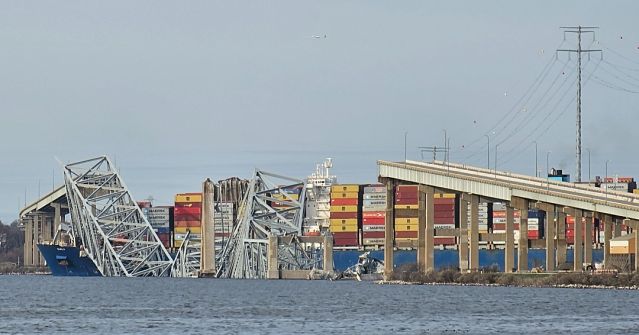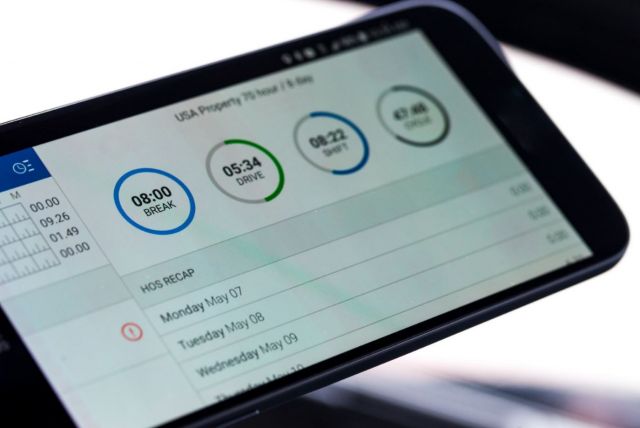The Trump Administration has been looking at altering Hours of Service (HOS) regulations for the trucking industry for the past few months. Now, after months of delays, the Federal Motor Carrier Safety Administration (FMCSA) has finally published its proposed changes.
Truck drivers and operators have been critical of the current HOS rules, stating that they lack flexibility and do not account for real-world delays such as traffic, bad weather, or long wait times at loading docks.
Currently, federal regulations limit most long-haul truck drivers to 11-hours of driving time within a 14-hour on-duty window. Drivers are required to take 10 consecutive hours off duty before starting again and must take a 30-minute off-duty break if they will be driving more than eight hours. These rules are intended to make roads safer. However, those in the transportation industry state that the lack of flexibility is not only costing them money but is also placing their drivers in dangerous situations. In order to comply with regulations, which are automatically tracked with ELDs, drivers are forced to stop on the side of highways or in areas that do not have adequate parking.
The FMCSA says they believe the new HOS regulations will give drivers more flexibility while maintaining safety. “FMCSA wants drivers and all CMV stakeholders to share their thoughts and opinions on the proposed changes to hours of service rules that we are putting forward today. We listened directly to the concerns of drivers for rules that are safer and have more flexibility—and we have acted. We encourage everyone to review and comment on this proposal,” said FMCSA Administrator Raymond P. Martinez.
The new proposed changes address some of the biggest concerns the trucking industry has voiced about the HOS rules. If the new regulations pass drivers would now be able to take their required 30-minute break while on-duty but not driving. This means they could take it while waiting at a loading dock rather than eating into their on-duty time.
Other regulation changes include allowing drivers to split their required 10-hour rest period into two breaks that would not count against their 14-hour driving window. Drivers would also be able to stop the clock for another off-duty break between 30 minutes and 3 hours. This would allow them to rest or to wait out rush hour traffic. The new rules would also modify the adverse driving conditions exception by extending it for two hours.
The FMCSA also proposed changes to the short-haul HOS exception. Eligible short-haul truck drivers would have their maximum on-duty extended from 12 hours to 14 hours. It would also extend the distance limit that drivers can operate in from 100 air miles to 150 air miles.
The proposed HOS regulation changes would not increase driving time, but the FMCSA estimates the changes would save motor carriers around $275 million annually over a 10-year period. The trucking industry plays a crucial role in the United States’ economy, generating nearly $800 billion in revenue last year. The FMCSA intended for these new changes to provide greater flexibility without compromising safety.
“These are all tied to what drivers are finding in their daily work—congestion, parking issues, unexpected adverse conditions that may arise,” said Martinez. “They need some level of flexibility that allows them to work around.”



